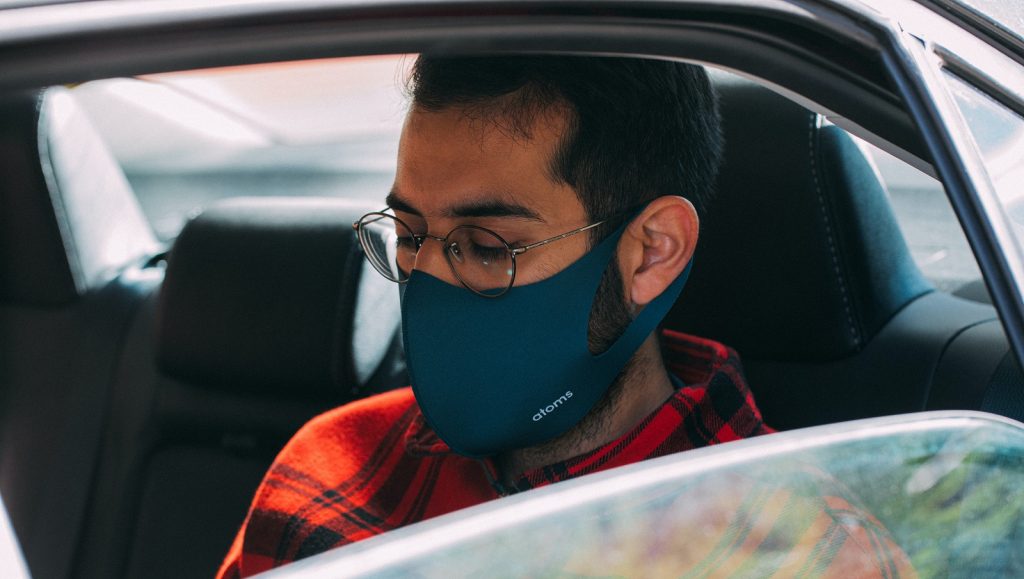OpenAI has launched GPT 5.2, a major model upgrade now available in both the API and ChatGPT. It is described as the company’s most…
Uber strike: What to know about the e-hailing drivers’ protest

If you’re a user of e-hailing apps such as Uber, Bolt, and Didi, you may have heard of the drivers’ protest in South Africa.
Drivers who use the platforms have launched protest and strike action to raise awareness around concerns such as regulation and pricing.
Here’s a look at developments so far and how long the protest is expected to last.
When did the protest start?
The protest by e-hailing drivers started on Tuesday, 22 March.
Representatives from Unity in Diversity (UID), a group representing drivers from different e-hailing companies, met with the Gauteng Department of Roads and Transport on Monday to outline their concerns and start a mediation process.
According to a joint statement from the department and UID, negotiations and mediation will take place over the next three months.
“The parties had a productive meeting in which it was resolved that UID will proceed with the planned protest action on 22 March 2022 subject to increased security measures and strict adherence to a safe and non-violent protest,” the statement said.
“The MEC [Jacob Mamabolo] emphasised the importance of mediation and negotiation and assured the parties that mediation will be concluded in the next three months.”
Uber has acknowledged the protest action in a statement on the app.
“We are aware that a group of e-hailing drivers are protesting and that may have impacted your ability to request a ride,” the update says. “We are closely monitoring the situation and engaging directly with drivers using our various channels to work towards addressing the issues.”
How long will the Uber, Bolt strike last?
The protest has resulted in many users being unable to request rides. For those who can get rides, surge pricing has kicked in — with major increases in the costs for rides.
So how long will the strike last?
In an interview on eNCA, Private Public Transport Association Chairperson Vhatuka Mbelengwa said that the strike is expected to last three days.
Some platforms may have more challenges than others. You may also find driver availability differs by area.
Drivers from delivery platforms like Uber Eats may also join in the protest. As a result, you may find delivery apps with a driver shortage too.
Why are e-hailing drivers protesting?
The collective action calls for drivers from different platforms to come together. UID wants government to bring regulation to the e-hailing industry.
Mbelengwa notes the lack of a defined relationship between platforms and drivers creates uncertainty. He says drivers want a framework created so that they can hold e-hailing platforms accountable within that framework.
He adds that drivers’ lack of control over pricing means they’re operating at a loss. April 2022 will see a major petrol price increase that will further impact costs.
Safety for drivers is another concern.
Regulation could help make sure companies are compliant with specific standards, forcing them to engage with drivers on specific issues.
Read more: With electricity hike on the way, WhatsApp scam promises discount prepaid tokens
Feature image: Unsplash/Charles Deluvio


